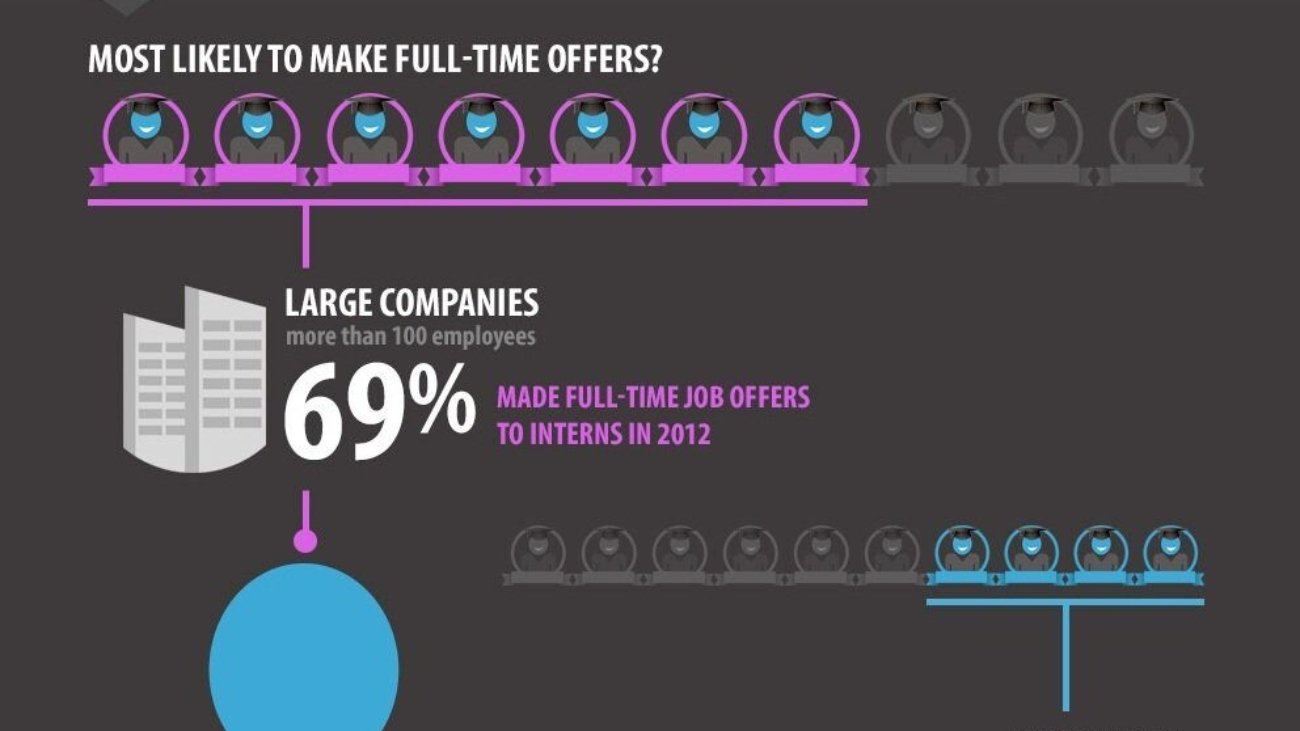Search Engine Optimization (SEO) has evolved into one of the most crucial pillars of digital marketing. Whether you’re optimizing content, building backlinks, or conducting technical audits, SEO has something for everyone. But for newcomers, a common dilemma arises:
“Should I start with an SEO internship or aim straight for a full-time SEO job?”
Understanding the distinction between SEO internships vs. full-time SEO jobs is essential for planning your career path wisely. This article examines the responsibilities, expectations, and learning opportunities that internships and certifications can provide, serving as stepping stones to long-term SEO success.
1. SEO Internships: What They’re About
An SEO internship is typically the entry point into the digital marketing world. These roles are designed to provide hands-on experience and training while offering exposure to tools, workflows, and strategies used by real SEO professionals.
✅ Common Responsibilities of SEO Interns:
-
Conducting keyword research using tools like Google Keyword Planner or SEMrush
-
Assisting with on-page SEO optimization (title tags, meta descriptions, headers)
-
Helping in content creation with an SEO perspective
-
Supporting link-building campaigns
-
Updating or auditing websites using SEO checklists
-
Participating in weekly team meetings or content calendars
✅ Learning Opportunities:
-
Real-world application of SEO theory
-
Use of industry tools like Ahrefs, Moz, Screaming Frog
-
Gaining SEO certifications (e.g., Google Analytics, ISRA-CPD)
-
Observing client reporting, traffic analysis, and ranking shifts
Pro Tip: Many SEO internships offer a certification upon completion, enhancing your resume’s credibility in the job market.
2. Full-Time SEO Jobs: The Next Step
Once you’re confident in your skills and have some experience or certifications, you can apply for full-time SEO jobs.
These roles demand accountability, strategy, and results. You’re expected not just to execute but also to own campaigns and demonstrate ROI (return on investment).
✅ Key Responsibilities of Full-Time SEO Professionals:
-
Designing and leading full SEO strategies
-
Managing client or brand accounts
-
Conducting detailed competitor analysis
-
Reporting on KPIs and analytics (CTR, bounce rate, traffic, conversions)
-
Overseeing or mentoring SEO interns or juniors
-
Staying updated with Google algorithm changes
Pro Tip: SEO professionals are often required to demonstrate continuous learning through certifications and case studies. Full-time roles usually favor those who can prove impact.
3. Internship vs. Job – Major Differences at a Glance
| Criteria | SEO Internship | Full-Time SEO Job |
|---|---|---|
| Experience Required | Minimal or None | 1–3 Years Preferred |
| Workload | Light to Moderate | Heavy and Target-Driven |
| Mentorship | Guided by Team Lead | Self-driven, Sometimes Supervisory |
| Pay | Stipend or Unpaid | Monthly Salary + Benefits |
| Learning | Hands-on with Guidance | Real-World Execution, Less Teaching |
| Certifications | Often Recommended | Frequently Required |
| Career Impact | Skill Foundation | Career Development |
| Tools | Basic Tools | Advanced Tools, Premium Accounts |
4. Pay & Compensation: What to Expect
🧑💻 SEO Internships:
-
Unpaid or stipend-based (especially in South Asia and remote internships)
-
Range: $0 to $300/month
-
Some internships offer ISRA-CPD certification instead of pay, which can be valuable long-term
🧑🎓 Full-Time SEO Jobs:
-
Entry-level salary: $1,000 to $2,500/month (varies by location)
-
Mid-level salary: $3,000 to $6,000/month
-
May include bonuses, health insurance, and performance incentives
5. SEO Certifications: Valuable in Both Roles
SEO internships are the ideal time to gather certifications that will help you secure a full-time job.
Recommended certifications:
-
Google Analytics (GA4)
-
Google Ads Certification
-
SEMrush SEO Toolkit Certification
-
ISRA-CPD Certification in Digital Marketing
-
Yoast SEO for WordPress
-
HubSpot SEO Certification
These certificates show initiative and can often lead to early promotions once you’re in a job.
6. Career Progression: Intern to SEO Specialist
A major advantage of starting as an intern is the potential to be absorbed into the company full-time if you prove your value.
Typical SEO Career Path:
- SEO Intern
- SEO Associate / Junior Executive
- SEO Executive
- Senior SEO Analyst
- SEO Manager
- Head of SEO / SEO Strategist
- Director of Digital Marketing / CMO
Each stage builds on the previous. Internships help you:
-
Discover your SEO niche (content, technical, local, e-commerce)
-
Build your portfolio and case studies
-
Get mentorship that helps avoid beginner mistakes
7. Working Environment: Learning vs. Leading
Internships:
-
Ideal for observational learning
-
Team members often give constructive feedback
-
Freedom to make small mistakes and learn
-
Usually no pressure for client-facing roles
Full-Time Jobs:
-
Deadlines are strict
-
Often client-facing, especially in agencies
-
You’re responsible for results
-
You may need to lead weekly performance meetings, handle crises, and run SEO audits
8. Which One’s Right for You?
Let’s break it down based on your current situation:
✅ Choose an SEO Internship If:
-
You’re a student or recent graduate
-
You’re making a career switch
-
You need to build your portfolio or resume
-
You want hands-on experience with mentorship
-
You’re aiming to earn certifications while learning
✅ Choose a Full-Time SEO Job If:
-
You have prior experience or freelance work
-
You’ve built a solid SEO portfolio or blog
-
You can work with minimal supervision
-
You’re certified and know your way around SEO tools
-
You want career growth, salary, and industry exposure
9. SEO Tools You’ll Use – Interns vs. Pros
| Tool | Intern Level Use | Pro Level Use |
|---|---|---|
| Google Search Console | Monitoring | In-depth analysis, debugging |
| Google Analytics | Learning metrics | Conversion tracking, funnel optimization |
| SEMrush | Keyword research | Full audits, PPC analysis |
| Ahrefs | Backlink insights | Competitor tracking |
| Screaming Frog | Light audits | Large-scale crawling |
| Yoast SEO | Basic plugin use | Customization, schema setup |
As an intern, you’ll get introductory exposure, while pros must master these tools and interpret insights.
10. Building Authority as an Intern or Pro
Whether you’re interning or employed full-time, personal branding and authority building are crucial.
What you can do:
-
Maintain a personal SEO blog
-
Share your learnings on LinkedIn
-
Join SEO communities like Moz, Ahrefs Insider, Reddit SEO
-
Publish case studies or SEO experiments
-
List your internship and certifications on your resume and LinkedIn
This not only builds credibility but can attract job offers without applying.
11. How to Transition from SEO Intern to Full-Time Role
Many interns wonder, “What comes next?” after completing their internship. The good news? A well-executed internship can often lead to a full-time offer, especially if you’ve:
-
Delivered consistent value
-
Shown initiative beyond your assigned tasks
-
Earned certifications (like ISRA-CPD, Google, HubSpot, or SEMrush)
-
Built positive relationships with your supervisor and team
To smooth your transition from SEO intern to full-time SEO professional:
Document Your Work: Maintain a portfolio or Notion page showcasing your internship projects and performance metrics.
Ask for a Recommendation: Whether or not you’re hired, a supervisor’s recommendation can boost future job prospects.
Apply Strategically: Target companies seeking junior SEO analysts or content marketers with internship experience and certification.
Keep Learning: Continue building on your knowledge through courses, SEO experiments, and staying current with algorithm updates.
Many hiring managers view internship experience coupled with industry certifications as a powerful signal that you’re job-ready. So don’t view your internship as “just temporary” treat it as your professional launchpad.
Conclusion: Start Where You Are, Grow With Intention
SEO internships and full-time SEO jobs both play critical roles in shaping a digital marketing career. Your choice depends on your current skills, experience, and goals. Internships offer structured learning and exposure, while full-time jobs require ownership, initiative, and proven performance.
Whether you’re just starting with an internship or ready to lead SEO campaigns full-time, the key is consistent learning, practical application, and authentic engagement with the SEO community.
Start small, aim big and optimize everything in between.

